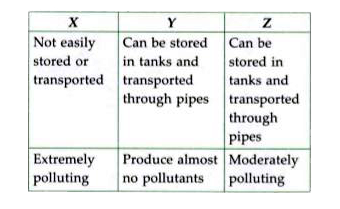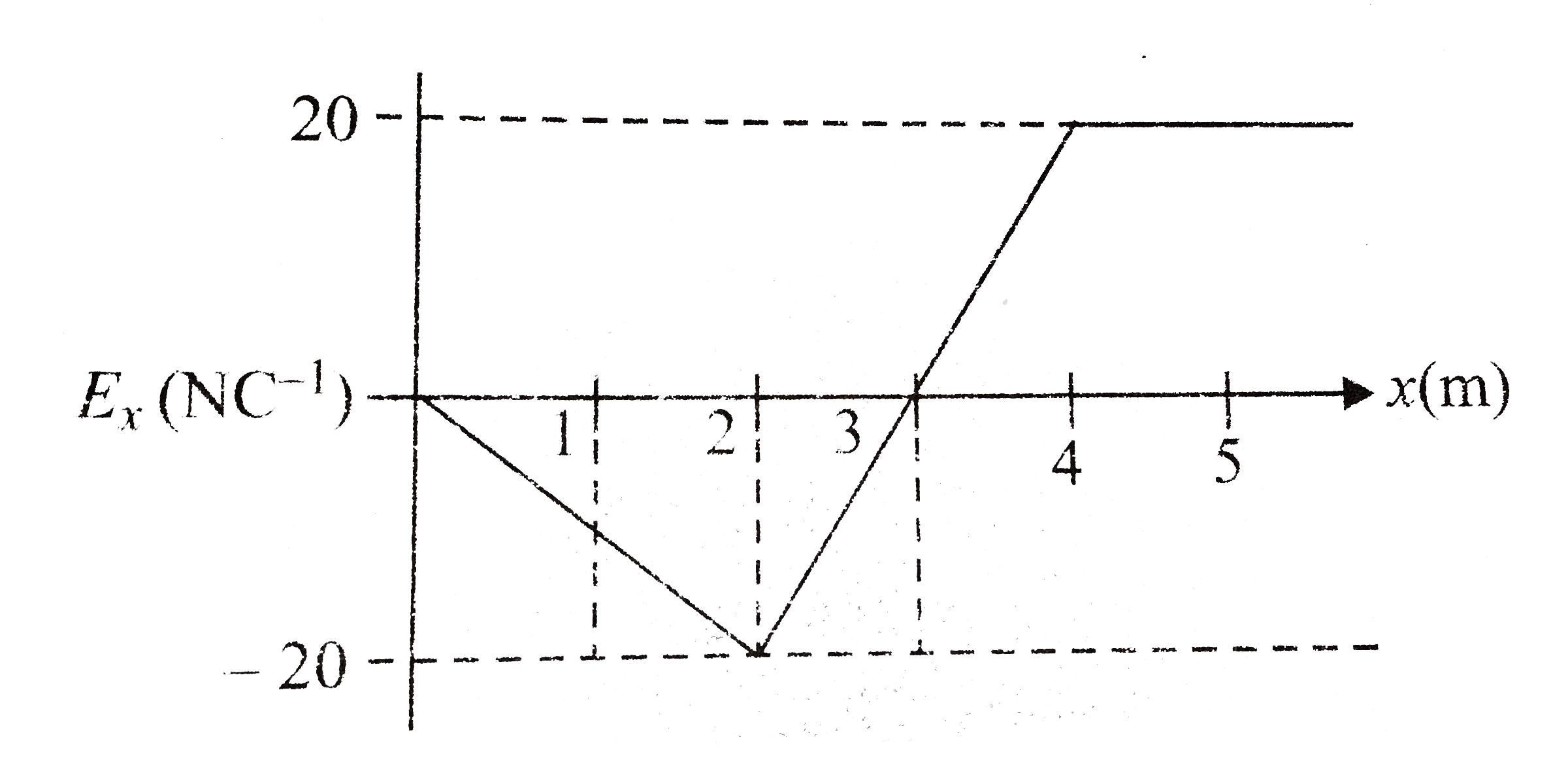Answer the following:
Three invisible radiations X, Y and Z are passed through on electric field. X was found to be undeviated. Y deviated towards positive end of the electric field and Z towards negative. Identify the particles present in X, Y and Z. What is e/m ratio for X?
To solve the question, we need to identify the particles represented by the invisible radiations X, Y, and Z based on their behavior in an electric field and then calculate the e/m ratio for X.
1. Understanding the Behavior of the Radiations:
- X is undeviated in the electric field.
- Y is deviated towards the positive end.
- Z is deviated towards the negative end.
2. Identifying the Particle for X:
- Since X is undeviated, it must be a particle that has no charge. The only particle among protons, neutrons, and electrons that is neutral is the neutron.
- Conclusion: X represents neutrons.
3. Identifying the Particle for Y:
- Y is deviated towards the positive end of the electric field. This means it must be negatively charged, as it is attracted to the positive plate.
- The only negatively charged particle among the three is the electron.
- Conclusion: Y represents electrons.
4. Identifying the Particle for Z:
- Z is deviated towards the negative end of the electric field. This indicates that it is positively charged, as it is attracted to the negative plate.
- The only positively charged particle among the three is the proton.
- Conclusion: Z represents protons.
5. Calculating the e/m Ratio for X:
- The e/m ratio (charge to mass ratio) for neutrons (X) is calculated as follows:
- Charge (e) of neutrons = 0 (neutrons are neutral)
- Mass (m) of neutrons = approximately 1 atomic mass unit (amu).
- Therefore, the e/m ratio for neutrons is:
em=01 amu=0
Final Answers:
- X: Neutrons
- Y: Electrons
- Z: Protons
- e/m ratio for X (neutrons): 0
- X is undeviated in the electric field.
- Y is deviated towards the positive end.
- Z is deviated towards the negative end.
- Since X is undeviated, it must be a particle that has no charge. The only particle among protons, neutrons, and electrons that is neutral is the neutron.
- Conclusion: X represents neutrons.
- Y is deviated towards the positive end of the electric field. This means it must be negatively charged, as it is attracted to the positive plate.
- The only negatively charged particle among the three is the electron.
- Conclusion: Y represents electrons.
- Z is deviated towards the negative end of the electric field. This indicates that it is positively charged, as it is attracted to the negative plate.
- The only positively charged particle among the three is the proton.
- Conclusion: Z represents protons.
- The e/m ratio (charge to mass ratio) for neutrons (X) is calculated as follows:
- Charge (e) of neutrons = 0 (neutrons are neutral)
- Mass (m) of neutrons = approximately 1 atomic mass unit (amu).
- Therefore, the e/m ratio for neutrons is:
em=01 amu=0
- X: Neutrons
- Y: Electrons
- Z: Protons
- e/m ratio for X (neutrons): 0
Topper's Solved these Questions
- BOOK - MTG IIT JEE FOUNDATIONCHAPTER - STRUCTURE OF THE ATOMEXERCISE - EXERCISE (INTEGER / NUMERICAL VALUE TYPE)5videos
STRUCTURE OF THE ATOM
- BOOK - MTG IIT JEE FOUNDATIONCHAPTER - STRUCTURE OF THE ATOMEXERCISE - OLYMPIAD / HOTS CORNER15videos
STRUCTURE OF THE ATOM
- BOOK - MTG IIT JEE FOUNDATIONCHAPTER - STRUCTURE OF THE ATOMEXERCISE - EXERCISE (SUBJECTIVE PROBLEMS -SHORT ANSWER TYPE )15videos
STRUCTURE OF THE ATOM
- BOOK - MTG IIT JEE FOUNDATIONCHAPTER - PERIODIC CLASSIFICATION OF ELEMENTS EXERCISE - EXERCISE (INTEGER/NUMERICAL VALUE)4videos
PERIODIC CLASSIFICATION OF ELEMENTS
Similar Questions
Knowledge Check
- Question 1 - Select One
Few characteristics of three fuels X, Y and Z are given below.

Identify X, Y and Z respectively.ALPG, Biogas, CoalBCoal, Natural gas, PetroleumCPetroleum, LPG, CoalDNatural gas, Cow dung cake, LPG - Question 2 - Select One
Electric potential at any point is V=−6x+2y+9z, then the magnitude of the electric field is
A3√2B4√2C5√2D11 - Question 3 - Select One
The electric potential in a region is represented a v=2x+3y−z. Obtain expression for electric field strength.
AE=−2ˆi−4ˆj+ˆkBE=−2ˆi−3ˆj+1ˆkCE=−2ˆi−3ˆj+ˆkDE=−2ˆi−3ˆj+5ˆk
In the diagram (given below), the broken lines represent the paths followed by particles W, X, Y and Z respectively through the contant field E. The number below the field represent meters.

If the particles are positively charged, which particles increased their electric potential energy
constant, none of the particle increased their electric potential energyView SolutionElectric potential at any point is V=−5x+3y+√15z, then the magnitude of the electric field is
View SolutionA graph of the x-component of the electric field as a function of x in a region of space is shown in figure. The y−andz−compo≠nts of the electric field are zero in this region. If the electric potential is 10 V at the origin, then the potential at x = 2.0 m is
 View Solution
View SolutionElectric potential at any point is V=−5x+3y+√15z, then the magnitude of the electric field is
View SolutionA charged particle moves along positive y-axis with constant velocity in uniform electric and magnetic fields. Ilf magnetic fiedl is actig along positive x-axis, then, electric field should act along positive z-axis.
Reason: To keep the charged particle undeviated the relation E=B×v must hold good.View Solution

